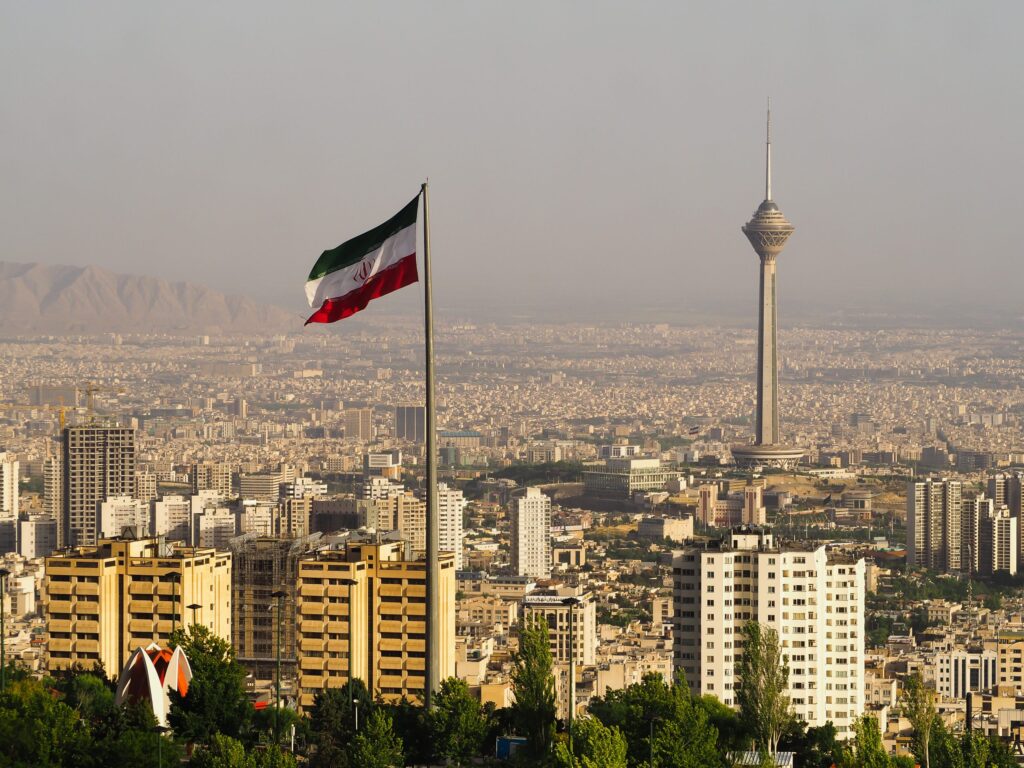NY Times writer accused of Iran bias in Twitter uprising
April 13, 2021
The New York Times is facing an uprising of Iranian English speakers on Twitter who claim that Times journalist Farnaz Fassihi, who styles herself as an expert on the Middle East and Iran, is just a propaganda agent for the Islamic regime in Tehran.
When questioned on her bias, Twitter users claim that Fassihi has aggressively blocked them from following her on the platform, by claiming the Twitter users were just bullying an intrepid journalist.
“Hey @nytimes,” says one Twitter user from Canada, “your Iran reporter @farnazfassihi mistranslates Farsi articles on purpose so that it’d fit her Iranian regime propoganda narrative & blocks anyone who points this out to her, claiming that we’re cyberbullying her. Any comments? Or is #NYTimesPropaganda on purpose?”
Hey @nytimes your Iran reporter @farnazfassihi mistranslates Farsi articles on purpose so that it'd fit her Iranian regime propoganda narrative & blocks anyone who points this out to her, claiming that we're cyberbullying her. Any comments? Or is #NYTimesPropaganda on purpose?
— Setaré (@Shinings) April 12, 2021
Users have claimed that Fassihi, for example, has pushed cover stories on the downing of Ukrainian flight 752 that echoes the story put out by Iran’s official press office the Islamic Republic of Iran Broadcasting (IRIB).
Press.TV, a website run by the IRIB, said that the shootdown of Ukrainian flight 752 was an accident caused by human error “at a time of crisis caused by U.S. adventurism.”
It was claim repeated just four days later in the New York Times in an investigative piece by written Fassihi.
“Iran was about to retaliate for the American drone strike that had killed Iran’s top military commander, Gen. Qassim Suleimani, in Baghdad five days earlier, and the military was bracing for an American counterstrike. The armed forces were on “at war” status, the highest alert level.
“But in a tragic miscalculation, the government continued to allow civilian commercial flights to land and take off from the Tehran airport.”
A lower-level technician with release authority over the air-to-air missiles was blamed for the subsequent shoot down, while military commanders at all levels were blamed for the cover-up.
It was only when the heroic Iranian President Hassan Rouhani threatened to resign unless the commanders came clean, writes Fassihi, that Iran finally admitted “its fatal mistake.”
Fassihi’s sources were “Iranian diplomats, current and former government officials, ranking members of the Revolutionary Guards and people close to the supreme leader’s inner circle,” which would seem to buttress the argument that only the story officials inside Iran wanted told would be told.
1.5. She claimed that journalists "from inside and outside" and "ordinary Iranians" were asking the Foreign Minister challenging questions on Clubhouse!
As she later had no choice but to confess, only select journalists were allowed. Interestingly, she was one!#NYTimesPropaganda pic.twitter.com/OrMeDnAKcD— ടummeᴙ (@ip_Guy_) April 12, 2021
The New York Times itself has repeatedly blamed sanctions from the Trump administration for the worsening COVID crisis in Iran despite the fact that Iran’s Supreme Leader has banned COVID vaccines from the West, who said that such vaccines are an attempt to spread the disease in the Persian country. Blaming every problem on U.S. sanctions has long been a favorite ploy of Iran’s.
And, this is not the first time this year that a New York Times writer has been accused of acting as an agent of Iran.
In January, Kaveh Lotfolah Afrasiabi, 63, was charged with “acting and conspiring to act as an unregistered agent of the Government of the Islamic Republic of Iran, in violation of the Foreign Agents Registration Act,” according to the Department of Justice.
https://twitter.com/ArthurSchwartz/status/1351613261184172035?s=20
Afrasaibi allegedly was paid $265,000 by Iran since 2007, which included payment for frequent op-eds in the Times and other lobbying on behalf of the Islamic Revolutionary state.
